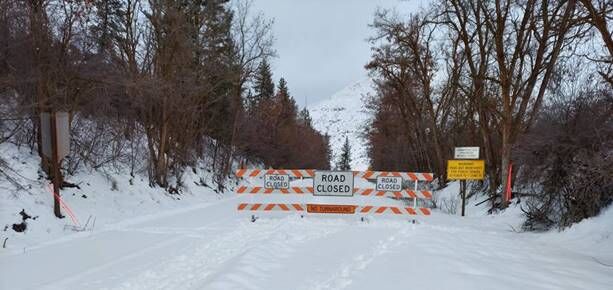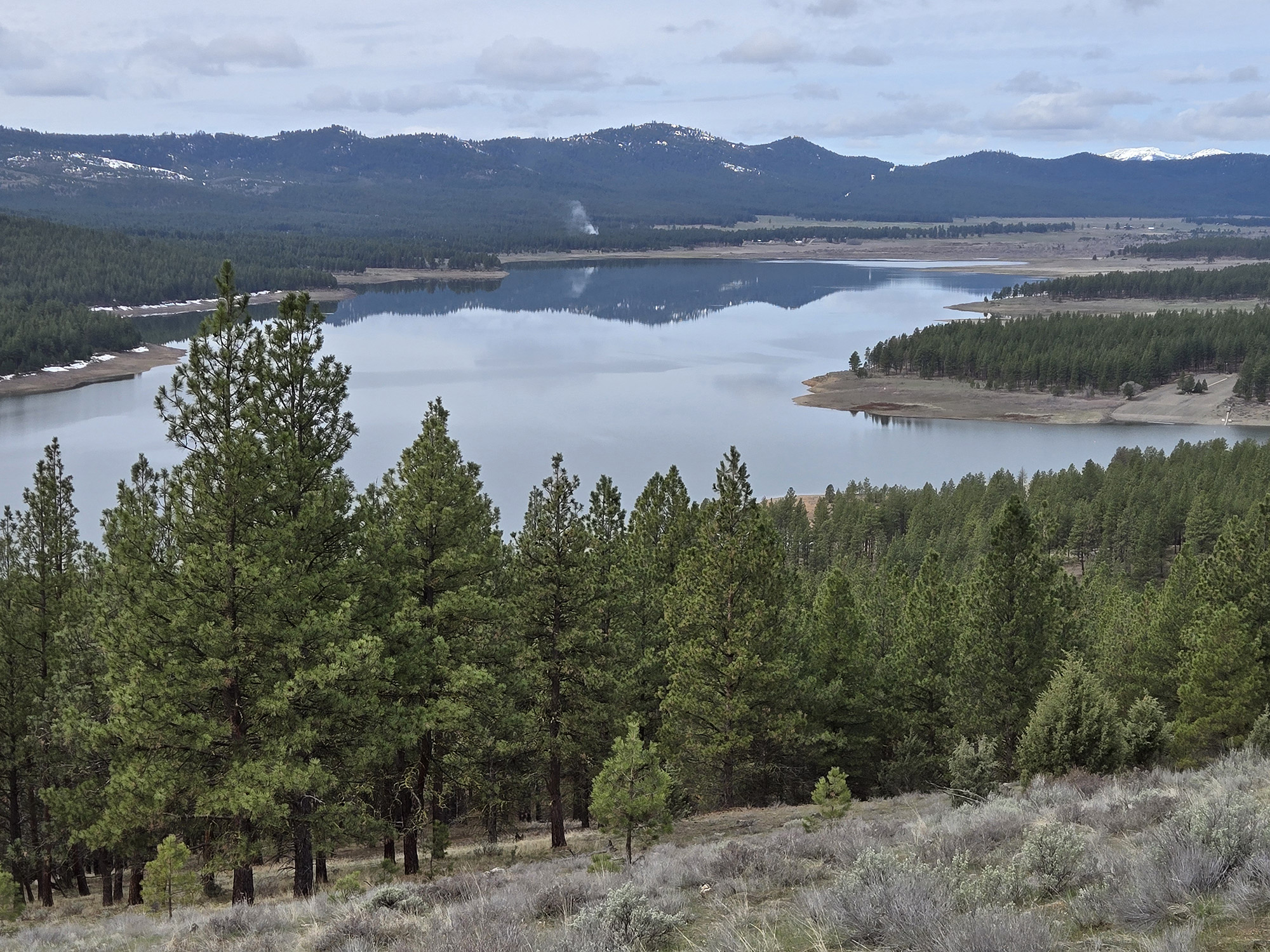Forest Service warns wheeled vehicles to avoid snowmobile routes
Published 3:44 pm Friday, March 12, 2021

- Barricades at the junction of the Wallowa Mountain Loop Road and Highway 86 near Halfway in late February 2021.
This winter, local authorities have assisted with multiple search and rescue efforts along the Wallowa Mountain Loop Road in Baker and Wallowa counties after cars and trucks became stuck in the snow. To reduce this risk, the Wallowa-Whitman National Forest is reminding drivers that actively groomed snowmobile routes are not legal for wheeled vehicle travel under Oregon law (ORS 821.295). This applies to the Wallowa Mountain Loop Road between Highway 86 junction near Halfway and the Salt Creek Summit Snow Park near Joseph. The law also applies to the 39 Road from its intersection with the Imnaha River Road just south of the Imnaha Fish Weir.
Trending
The Wallowa Mountain Loop Road, also known as the 39 Road or North Pine Road, passes through the Hells Canyon National Recreation Area. It is a groomed snowmobile route during the winter and will remain open to snowmobiles and individuals accessing private property. Reflective barricades are in place on the south end of the road to deter wheeled vehicles from driving onto the groomed snowmobile route. While the barricades are painted bright orange and reflective, all vehicle operators are advised to avoid a collision by noting the location of the barriers and nearby landmarks. Please be extra cautious in low-light conditions.
“We plan to accommodate spring recreators and hunters by moving the barricades up the mountain as the snow recedes,” said Dan Story, Whitman District Road Engineer. “This is a popular destination during all seasons, and especially for summer motorists, so we will be removing the barricades as soon as we can clear the road of down trees, boulders, and other obstacles.”
Mountain driving always has its risks. Snow-covered roads may appear drivable until the vehicle reaches an obstacle, such as a tree or snow drift, and the driver is forced to stop, reverse, or turn around. Many vehicles become stuck when the driver attempts to turn around and loses traction in the softer margins of the road. Also, many on-board navigation systems are not up to date with seasonal conditions, especially in remote and rural areas. Across the western US, there is a growing trend of these devices directing drivers to take backcountry routes that are not passable in winter. It is best to check local information sources and know before you go.
Trending
Tips for a safer mountain driving experience during the winter and early spring:
· Use snow tires or chains as snow, ice, and water can create dangerously slippery roads.
· Be prepared to spend the night in your vehicle.
· Bring extra layers, handwarmers, sleeping bags, food, water, flashlights, extra batteries, and a kit to start a fire if necessary.
· Bring a satellite-based phone or emergency beacon in case you are out of cell range.
· Most importantly, make a plan and tell somebody else where you are going, your travel route, when you plan to return, and when you will check back in with them.
· Expect snowpack conditions to change as roads change in elevation and know that conditions at high elevations may remain impassable into July.









